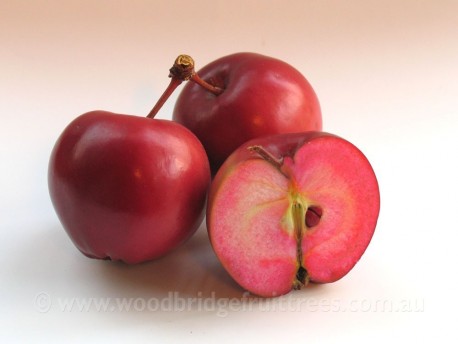The “lost” apples will help restore genetic, culinary diversity to a crop North America once produced in astonishing variety
A dizzying 17,000 named apple varieties once decorated orchards in North America. Most of those strains are now extinct, and today, just 15 varieties account for 90 percent of the United States’ apple production. In the Pacific Northwest, however, a team of retirees has rediscovered ten apple varieties once thought to be lost forever.
To gain a better sense of these historical orchards, Brandt and fellow volunteer David Benscoter sift through old newspaper clippings, nursery sales and county fair records. They track down leads by cross-referencing what they find with old property maps, land deeds and even the memories of surviving relatives, reported Flaccus in a 2019 AP story. After logging the GPS coordinates of relevant trees found, the pair carefully bags and labels fruit to be shipped to the TOC for identification.
Including this new crop of ten, Brandt and Benscoter are responsible for putting 23 apple varieties back on the U.S. agricultural map. Per the AP, the pair’s latest finds include the Gold Ridge; the Butter Sweet; the Sary Sinap, a strain that originated in ancient Turkey; and the Streaked Pippin, which was recorded in New York as early as 1744.
https://www.smithsonianmag.com/smart-news/10-apple-varieties-once-thought-extinct-are-rediscovered-pacific-northwest-180974694/
Would think Australia has less than 15 commercial varieties available.
